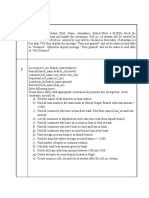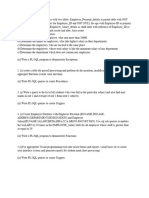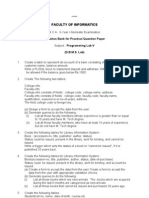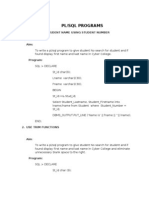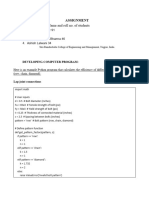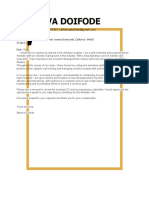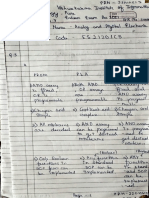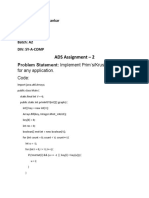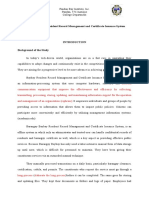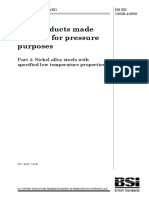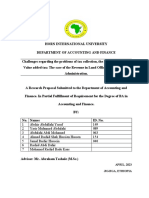0% found this document useful (0 votes)
246 views8 pagesSQL and MongoDB Practice Tasks
The document outlines 25 practice programs related to SQL and database concepts. The programs cover topics like implementing DDL and DML statements, creating tables with constraints, performing queries, indexing and querying with MongoDB, CRUD operations in Java, and designing triggers and stored procedures in PL/SQL. The goal is to practice and demonstrate skills in SQL, NoSQL databases, and PL/SQL.
Uploaded by
ATHARVA DOIFODECopyright
© © All Rights Reserved
We take content rights seriously. If you suspect this is your content, claim it here.
Available Formats
Download as PDF, TXT or read online on Scribd
0% found this document useful (0 votes)
246 views8 pagesSQL and MongoDB Practice Tasks
The document outlines 25 practice programs related to SQL and database concepts. The programs cover topics like implementing DDL and DML statements, creating tables with constraints, performing queries, indexing and querying with MongoDB, CRUD operations in Java, and designing triggers and stored procedures in PL/SQL. The goal is to practice and demonstrate skills in SQL, NoSQL databases, and PL/SQL.
Uploaded by
ATHARVA DOIFODECopyright
© © All Rights Reserved
We take content rights seriously. If you suspect this is your content, claim it here.
Available Formats
Download as PDF, TXT or read online on Scribd
/ 8

